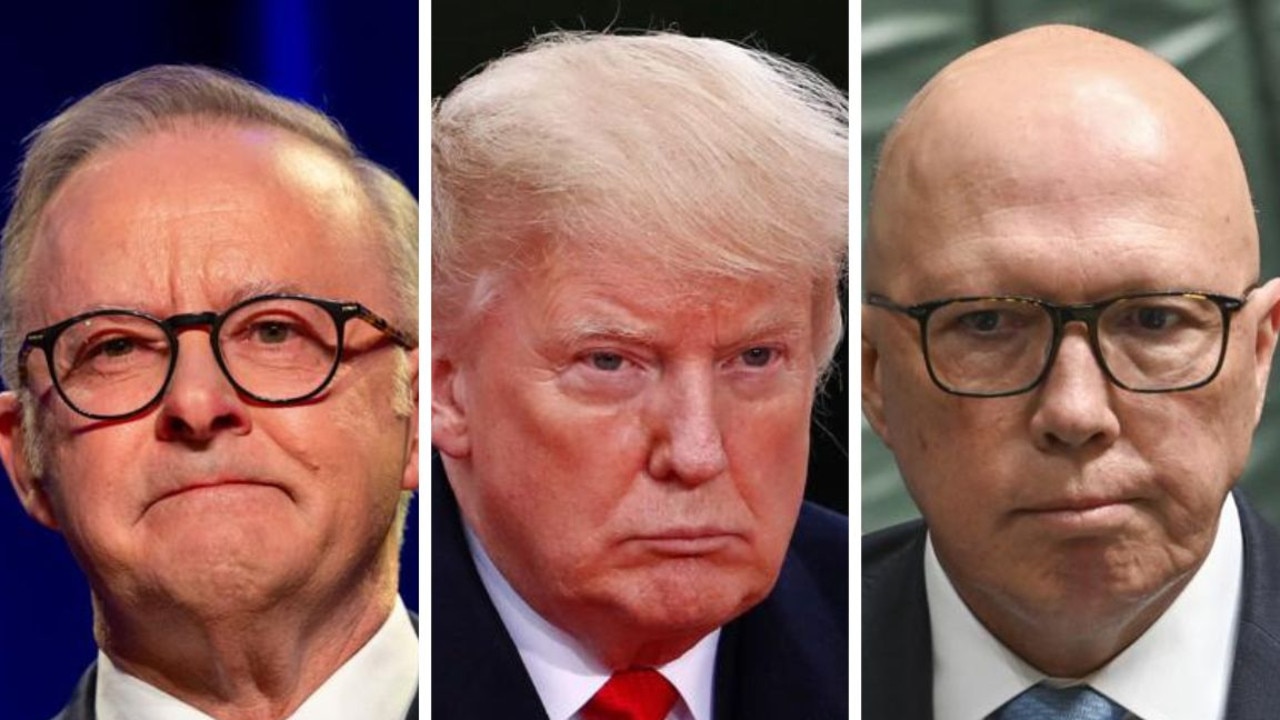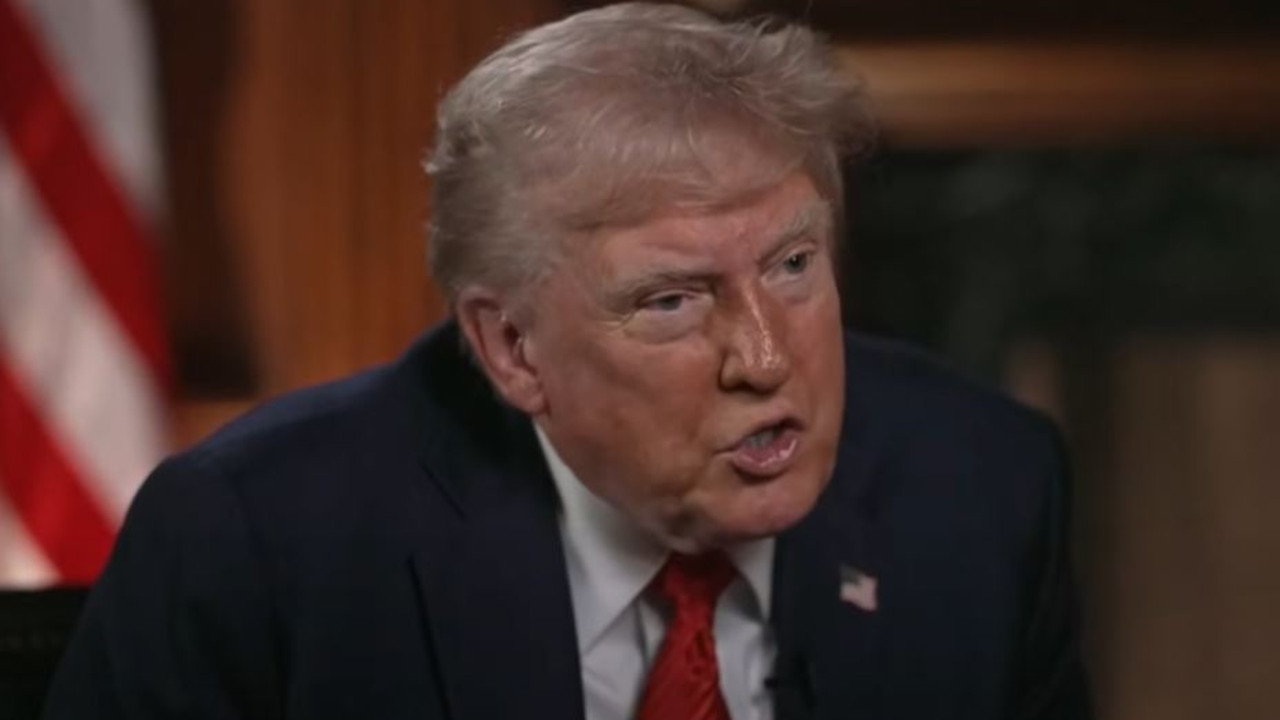US election: Big problem with Trump’s postal voting conspiracy
The US President keeps peddling the same claims that the upcoming election will be flawed, but he’s totally wrong - and here’s why.
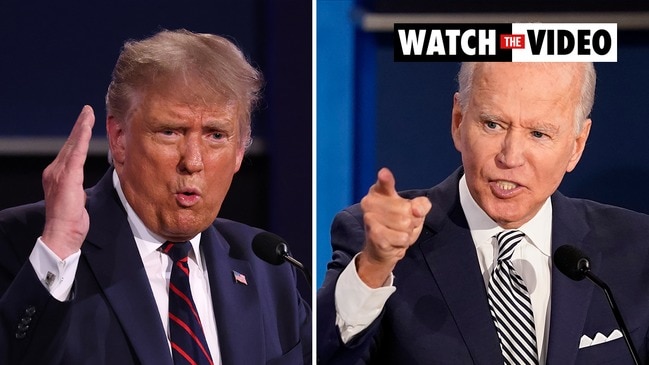
“Mail ballots, they cheat,” US President Donald Trump said earlier this week.
It was just one of countless times Mr Trump has made such claims, and on Wednesday his concerns were aired again during the disastrous presidential debate against Democratic candidate Joe Biden.
As much as the debate was hard to make sense of at times, particularly with the President’s 73 interruptions, so too have been Mr Trump’s claims about postal voting, which have led to much confusion among the US public.
And at the presidential debate, Mr Trump used the platform to unleash a torrent of disinformation about voter fraud.
“As is so often the case, Trump’s comments mangled real issues relating to mail-in voting and jumbled it with a lot of speculation and confusion about ballots in creeks or wastepaper baskets,” experts for The Conversation reviewing the debate said.
While in theory mail-in voting shouldn’t benefit one political party over another, the fear the Republicans have is that a surge in postal votes this year due to the coronavirus pandemic could give the Democrats an advantage, seeing Mr Biden move into the White House.
The Democratic Party seems to be of a similar opinion, urging Americans to stay home in November and vote by mail.
There is NO WAY (ZERO!) that Mail-In Ballots will be anything less than substantially fraudulent. Mail boxes will be robbed, ballots will be forged & even illegally printed out & fraudulently signed. The Governor of California is sending Ballots to millions of people, anyone.....
— Donald J. Trump (@realDonaldTrump) May 26, 2020
Polling suggest there may be some evidence to support the idea that postal voting would benefit Mr Biden. In August, a Wall Street Journal/NBC poll found that roughly half of his supporters expected to cast their ballot by mail – an unprecedented figure.
According to polls, Democrats are three to four times more likely to vote by mail than Republicans.
And therein lies the problem for Mr Trump, who has spent months through the pandemic taking every opportunity to declare mail-in voting is rife with fraud.
His son Donald Trump Jr has gone as far as to claim the Democrats will “add millions of fraudulent ballots that can cancel your vote and overturn the election”.
And Eric Trump added to the conspiracies, suggesting back in May that COVID-19 would “magically all of a sudden go away and disappear” after the presidential election on November 3.
Stories and posts about “voter fraud, mail-in voting or vote-by-mail” have garnered nearly 100 million interactions on social media over the past three months.
But the conspiracies, peddled among staffers and in the White House, contain as many lies as they do part-truths.
Here are the facts:
VOTER FRAUD IS EXTREMELY RARE
There is no proof of widespread fraud in postal voting. Back during the last US presidential election in 2016, a study found few credible allegations of fraudulent voting, on the back of repeated statements by Mr Trump – then president-elect – that millions of illegal voters backed his Democratic opponent, Hillary Clinton.
It’s something experts have debunked for years.
“Are fraudulent voters undermining US elections? The simple answer is no,” Lorraine Minnite of Rutgers University-Camden wrote in a 2014 paper.
“Rather, the threat comes from the myth of voter fraud used to justify rules that restrict full and equal voting rights.”
READ MORE: Melania’s ‘uncomfortable’ debate moment
READ MORE: Hillary Clinton’s biting debate response
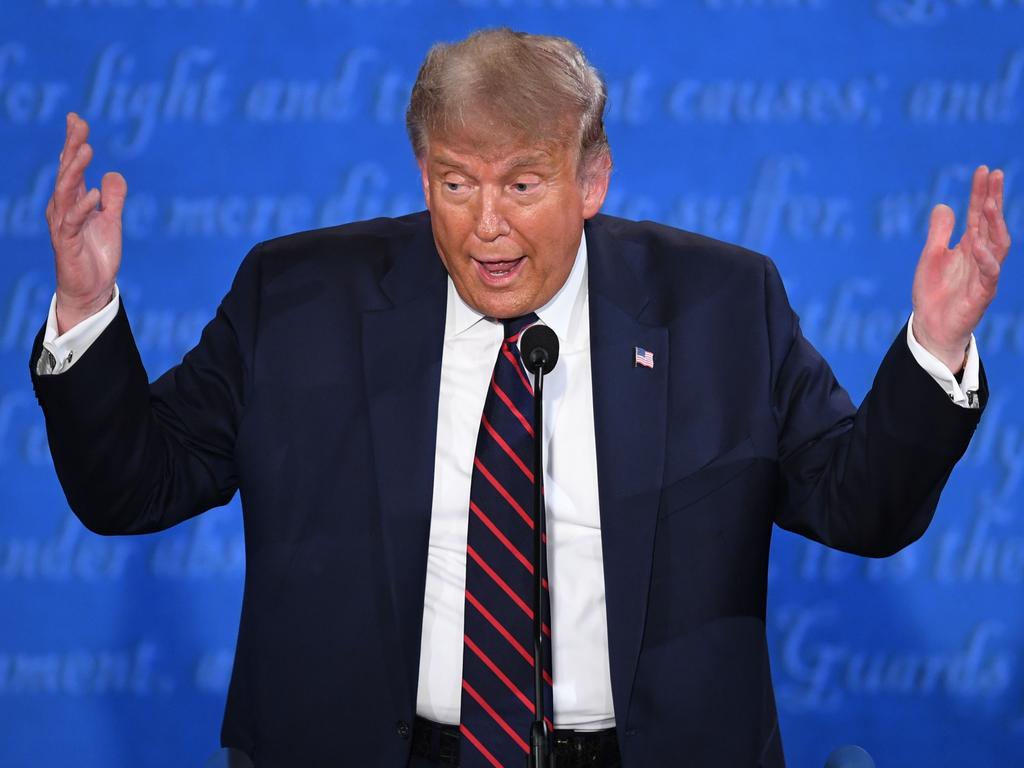
Research behind voter fraud has found that instances of actual criminal incidents are less than one per cent – a minuscule amount – of all documented cases.
The New York Times Magazine this week ran an investigation on the issue, titled “How President Trump’s false claim of voter fraud is being used to disenfranchise Americans”.
It said the idea, based on a “flimsy set of sensationalist, misleading or outright false claims”, was intentionally planted in the public discourse as part of a decades-long disinformation campaign by the Republican Party and outside actors.
Based on a review of thousands of pages of court records and interviews with more than 100 key players, it concluded Mr Trump was taking an old strategy to new extremes and that, most claims of fraud had fallen apart upon investigation.
SO WHAT IS VOTER FRAUD?
The President has suggested postal voting can lead to everything from robbed mailboxes to forged signatures and illegally printed ballots.
Manipulating the results of an election, rigging the votes and electoral fraud all consist of voter fraud crimes.
Mr Trump has said: “You get thousands and thousands of people sitting in somebody’s living room, signing ballots all over the place.”
Critics say people could vote more than once via absentee ballots and in person.
In states conducting mail-in ballots, registered voters are sent postal ballots, which then have to be sent back or dropped off on election day – although some in-person voting is still available in certain limited circumstances.
There’s a process called “ballot harvesting”, which in April Mr Trump said was rampant with fraud.
READ MORE: Trump’s bizarre hair revelation
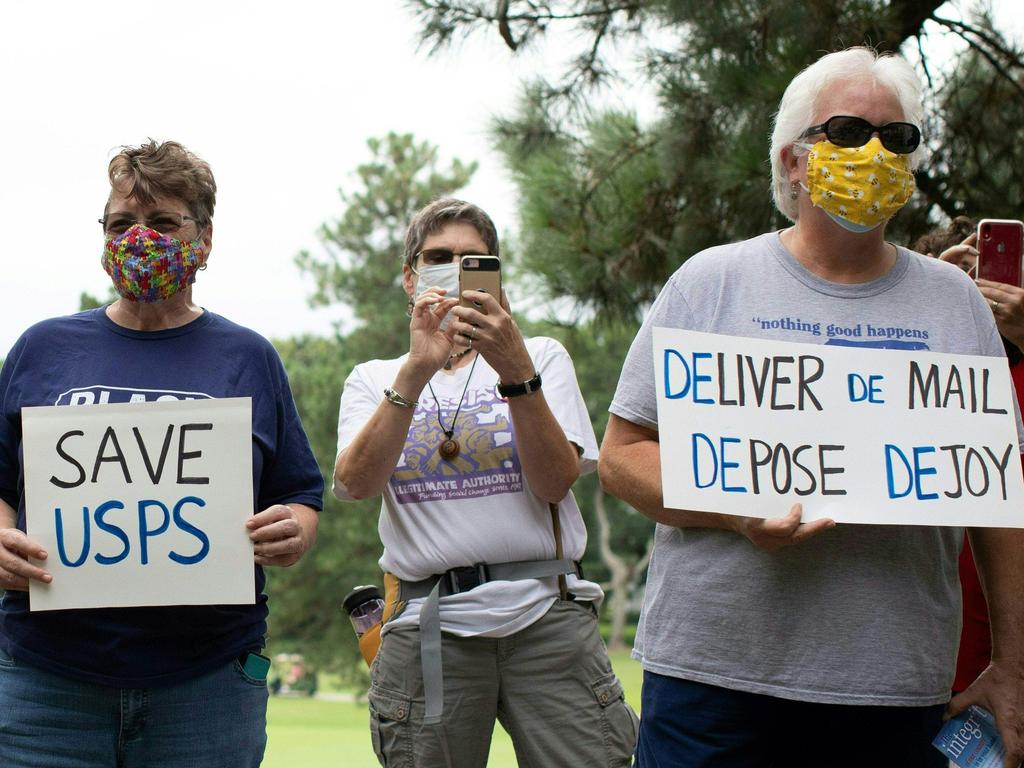
It’s essentially another way of saying ballot collecting.
The process is actually legal in 26 states and involves the voter filling out an absentee ballot, sealing it and completing the necessary security checks before handing the ballot to a third party to be submitted at a polling/drop-off location.
Among the states that allow it, a dozen restrict the number of ballots a person can collect, while 10 states mandate only the voter’s family member can complete the collection process.
Campaigns from both parties have taken advantage of the process to ensure absentee ballots are turned in and to boost turnout.
Mr Trump has even used the process himself, using a third party to vote by mail in Florida because he lives in Washington DC.
It largely works as it is meant to as mandated by law, with few cases of fraud charges brought in regards to the process. In 2018, the North Carolina primary vote had to be re-run after a Republican operative was charged with illegally collecting absentee ballots.
There was also a case earlier this year in New Jersey which saw two Democratic councillors charged with alleged fraud in relation to postal voting, after hundreds of ballots were found stuffed in a mailbox.
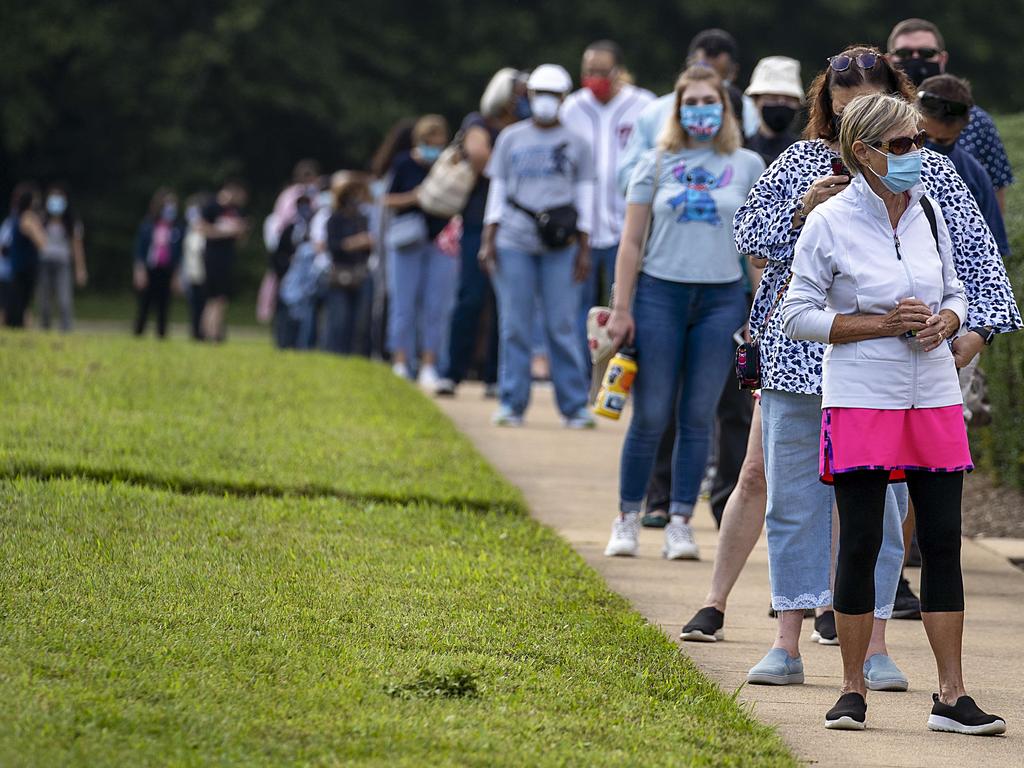
WHERE IT MIGHT NOT GO BIDEN’S WAY
Mail-in voting has its problems, like any form of voting.
The process is said to confuse first-time voters especially, and even experienced voters struggle because there are several steps involved.
As a result, it has a high number of rejected ballot papers.
Figures released in August from NPR found more than 550,000 primary absentee ballots had been rejected this year, far outpacing 2016.
Two studies of the 2018 midterm elections in Florida and Georgia found that young and minority voters – both groups that skew Democratic – are especially likely to have their mail ballots rejected.
Most absentee or mail-in ballots are rejected because required signatures are missing or don’t match the one on record, or because the ballot arrives too late.
President Trump has claimed that the signature for mail-in voting “doesn’t have to be verified”. However, most states do specifically compare signatures on the ballot with one on file and all have steps in place to verify postal votes.
In another way to oppose the mail voting process, the Republican Party is fighting to limit the admissibility of postal votes.
“We have major issues in the country today … with all of the talk about universal, unsolicited mail-in balloting,” Vice President Mike Pence said this week.
“There is a possibility that election issues may come before the Supreme Court.”
Just as the Democrats would benefit from postal voting, the Republicans would benefit from a mass disqualification of mail-in ballots.
Elections researcher Elaine Kamarck, of the Brookings Institution, said she was concerned, but not panicked.
She told The Atlantic if a clear majority emerged for Mr Trump or Mr Biden in November, the parties would likely accept the outcome quickly.
“But a close election could be a mess,” she said.
“Every detail will be scrutinised – the postmark on the ballot, the signature, the envelope – everything. If the election isn’t close, nothing matters. If it is close, everything matters.”



